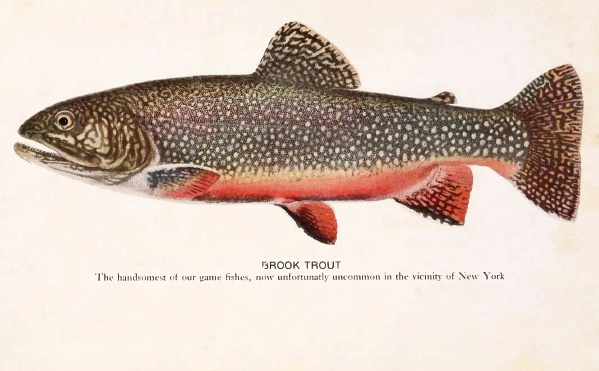Facts About Brook trout
The brook trout, a charming freshwater fish from the char genus *Salvelinus* within the salmon family Salmonidae, is indigenous to Eastern North America, spanning the United States and Canada. Over the years, it has been introduced to various parts of North America, Iceland, Europe, and Asia. Known by several names such as eastern brook trout, speckled trout, and squaretail, this fish holds the distinction of being the state fish for nine U.S. states and the Provincial Fish of Nova Scotia in Canada.
Though initially described scientifically as *Salmo fontinalis*, the brook trout is actually a char, not a true trout. There are two recognized subspecies and three ecological forms, and it can even hybridize with other fish species like lake trout and brown trout. Anglers, especially fly fishermen, prize the brook trout for sport, and it is also commercially farmed for food and used in scientific research.
Brook trout thrive in cold, clear, and well-oxygenated water, but their populations have been threatened by habitat loss, pollution, and the introduction of non-native species. To combat these challenges, organizations like Trout Unlimited and Trout Unlimited Canada are actively engaged in conservation efforts to restore native populations and their habitats. Interestingly, while brook trout are cherished in their native regions, they are considered invasive in some areas, leading to efforts to control their populations to protect local ecosystems.
The brook trout is not just fascinating for its conservation story but also for its distinctive appearance, varied diet, unique reproduction process, and rich angling history. Its preferred habitats, ranging from cool mountain streams to clear lakes, and the methods used for its artificial propagation, are also noteworthy. However, the brook trout faces ongoing threats in both its native and introduced environments, making conservation efforts crucial for its survival.

 Norway
Norway